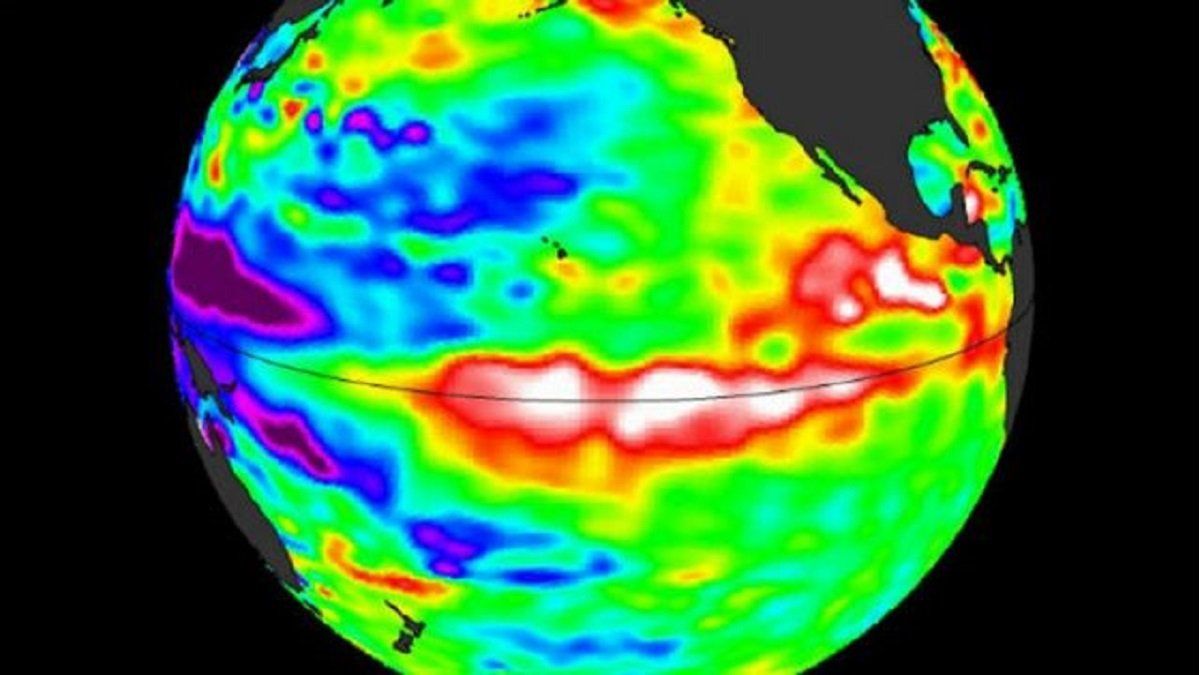Experts indicate that it is expected to begin to prevail from September. In turn, El Niño is expected to continue present during the remainder of the summer and early fall.
“The girl”the phenomenon that is part of a natural-global climate cycle known as El Niño-Southern Oscillation (ENSO) which is usually associated with periods of droughtscould prevail again from half of 2024.
The content you want to access is exclusive to subscribers.
According to the latest agrometeorological report from the National Institute of Agricultural Technology (INTA), “El Niño”, which ended a long period of drought in the region, would be showing signs of weakening after the summer and the first months of next autumn.


The organization indicated that “for the February-March-April quarter, all models indicate a weakening of the warm values of the temperature of the Equatorial Pacific Ocean. El Niño is expected to continue present during the remainder of the summer and beginning of autumn, with a transition towards the neutral phase of ENSO starting in the April-June quarter”.
“Subsequently, most models agree in indicating the continuation of the cooling of the central Pacific Ocean. In this way, towards July-September 2024 the highest probability (more than 60%) is assigned to the La Niña phase,” the report said. .
However, it is not established to what extent the change in the phenomenon could influence the amount of rainfall in the region.
Experts indicate that La Niña is expected to begin to prevail from September, after a smooth transition of around three months, but the variations of recent years do not give certain validity to these forecasts either.
El Niño and La Niña are global climate phenomena that alter conditions across the planet.
El Niño consists of the warming of the surface waters of the equatorial region of the Pacific Ocean and is usually associated with increased rainfall in various areas of South America, which can result in both benefits for agriculture and harm, when it occurs. floods and growth in river flow.
La Niña, due to the cooling in the surface waters of the Pacific, is usually associated with periods of drought, such as the one that in Argentina caused losses in agricultural activity during 2022-2023 of about 15 billion dollars.
Source: Ambito




